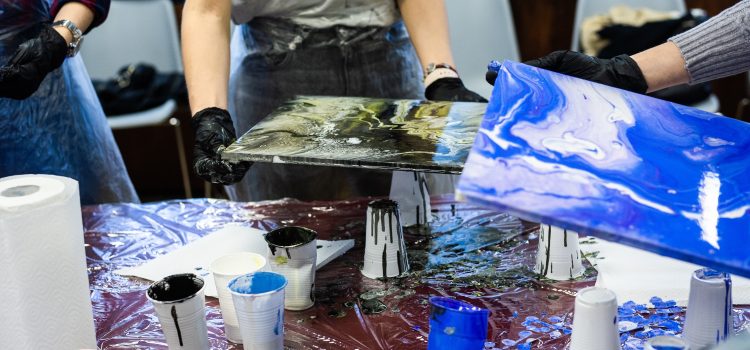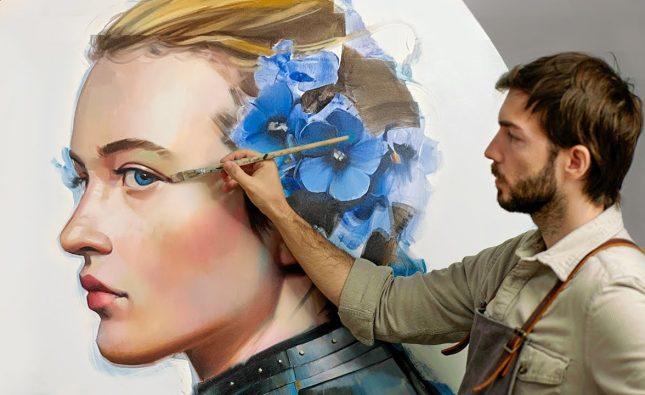
Introduction:
In the realm of art, our senses are often captivated by the visual and auditory aspects of a piece. However, there exists another dimension waiting to be explored—a world of textures that beckons to be touched, experienced, and felt. Beyond the boundaries of traditional painting and sculpture, a growing number of artists are embracing the power of tactile sensations, creating artworks that invite viewers to engage not only with their eyes but also with their fingertips. This article delves into the mesmerizing realm of tangible textures in art, revealing how they contribute to a multisensory experience that transcends the visual realm alone.
The Rise of Tactile Art:
In recent years, a renaissance of tactile art has emerged, challenging the boundaries of traditional art forms and engaging viewers on a more intimate level. Artists are employing innovative techniques and materials, from textured canvases and mixed-media sculptures to interactive installations. This movement aims to expand the viewer’s sensory perception, fostering a deeper connection between the artwork and the observer.
The Multisensory Experience:
Engaging with art through touch opens up a world of possibilities. By incorporating textures into their creations, artists elicit a visceral response from the viewer, creating a unique multisensory experience. When we run our hands over a textured surface, we not only perceive it visually but also sense its temperature, roughness, or smoothness. The tactile encounter adds layers of depth and meaning, offering a new perspective on the artwork’s narrative or emotional impact.
Exploring Artistic Techniques:
Various artistic techniques are employed to create these captivating tactile experiences. Some artists meticulously build up layers of paint, creating a relief-like effect on their canvases. Others incorporate unconventional materials, such as sand, fabric, or found objects, to introduce a tactile dimension. The interplay of textures can evoke emotions, trigger memories, or prompt contemplation. By combining different materials and techniques, artists can manipulate the viewer’s sensory perception, guiding them on an immersive journey of discovery.
Challenges and Opportunities:
While the incorporation of tactile elements in art presents exciting possibilities, it also poses challenges. Preservation, accessibility, and public safety are crucial considerations. Museums and galleries must strike a delicate balance between allowing viewers to engage with the artworks and ensuring their longevity. Conservation efforts and innovative display methods are being explored to protect these delicate tactile features.
Unveiling the Universal Language of Touch:
One of the most remarkable aspects of tactile art is its ability to transcend language and cultural barriers. The sense of touch is universal, and when we experience art through our fingertips, we tap into a primal mode of communication. This opens doors for inclusivity, allowing individuals of all backgrounds and abilities to engage with and appreciate art in a profound way.
Conclusion:
As the boundaries of traditional art continue to be pushed, the exploration of tactile textures emerges as a captivating and transformative force. By embracing the multisensory experience of art, artists invite us to venture beyond the visual realm, igniting our sense of touch and expanding the boundaries of our perception. The symphony of surfaces, woven together by artistic hands, beckons us to discover the delight of tangible textures, offering a profound connection with the world of art that transcends words alone.










